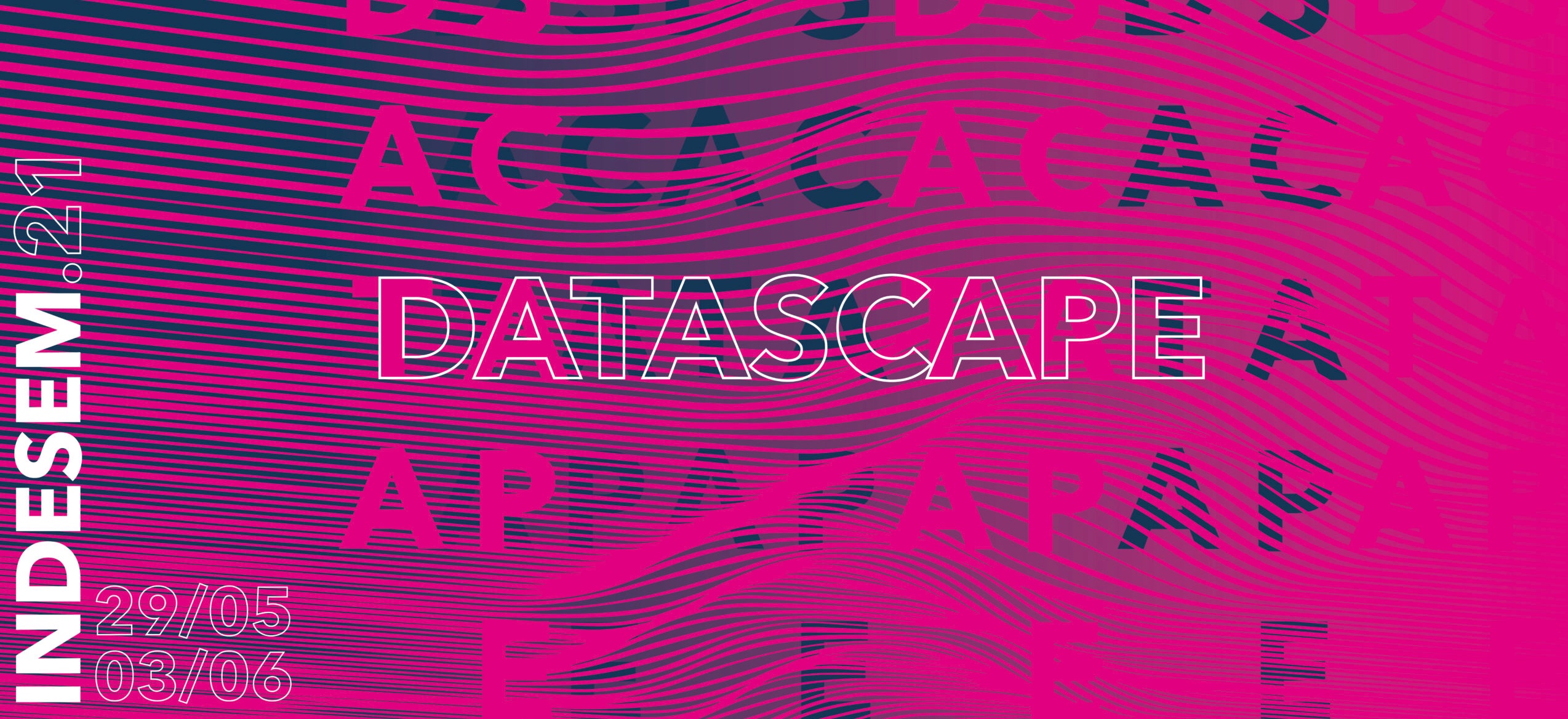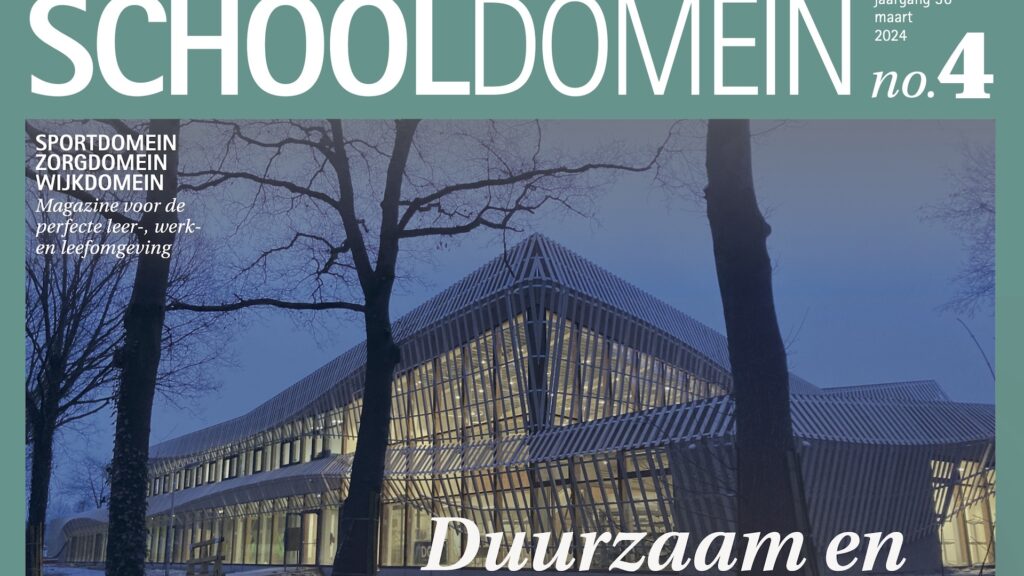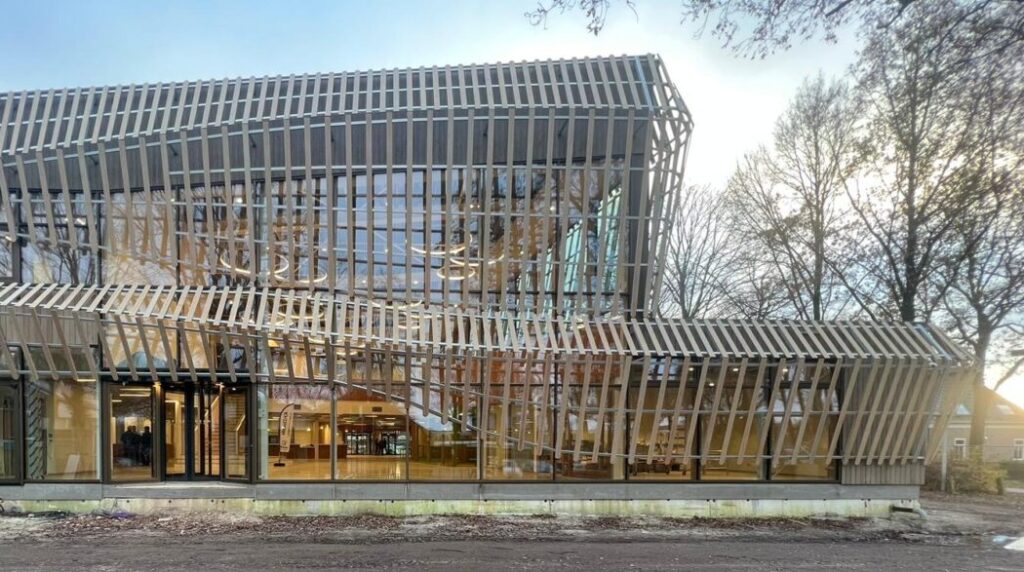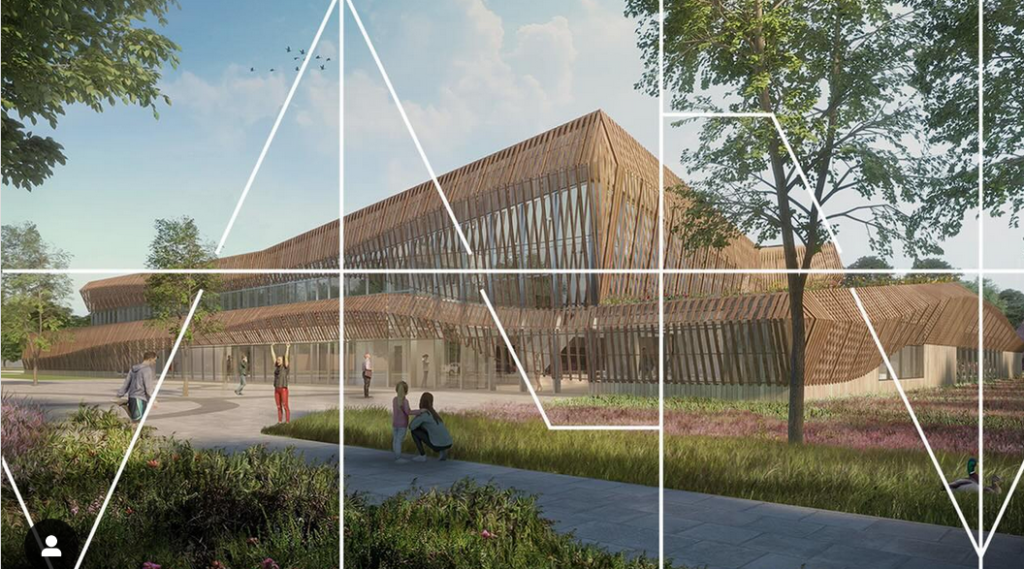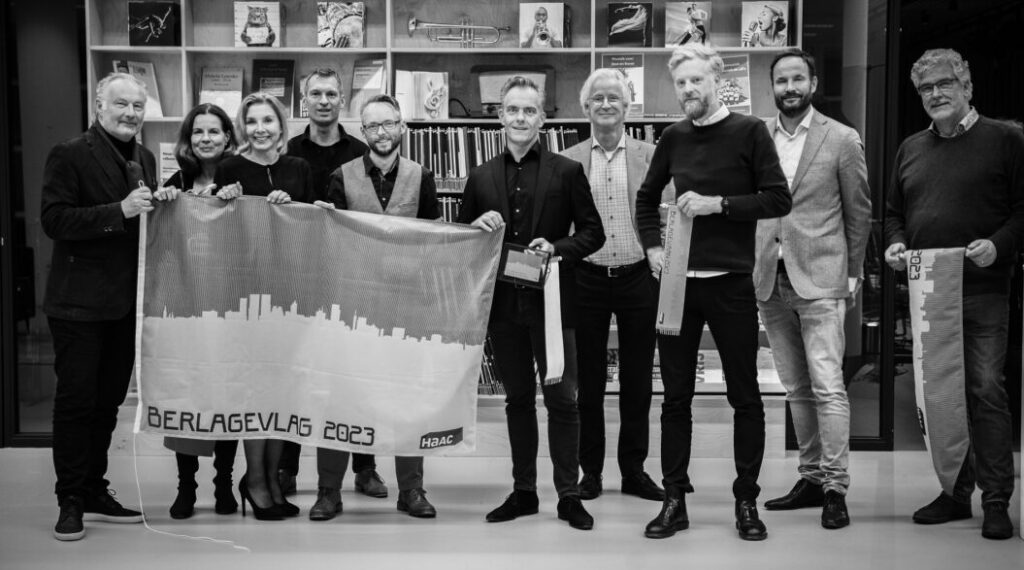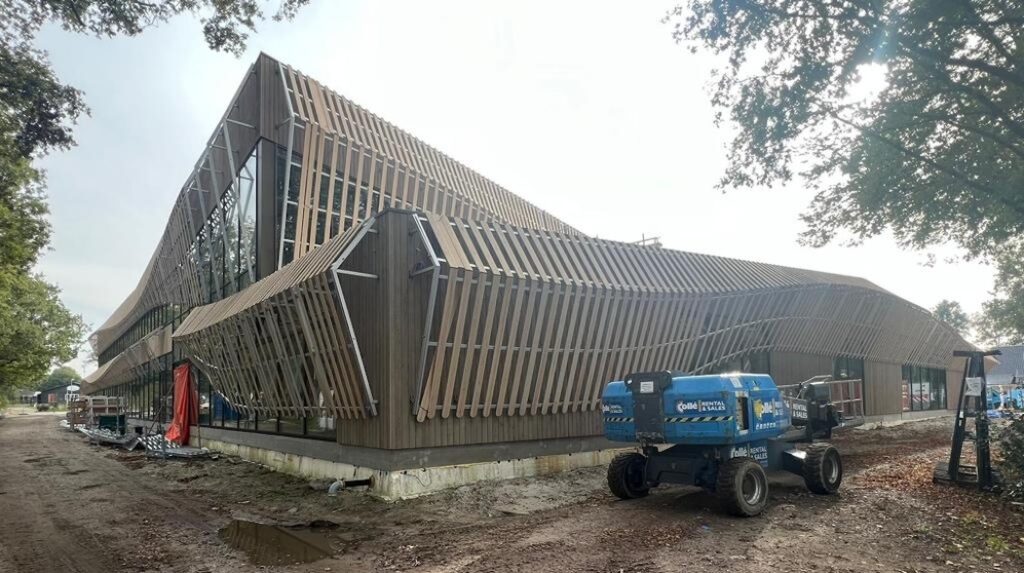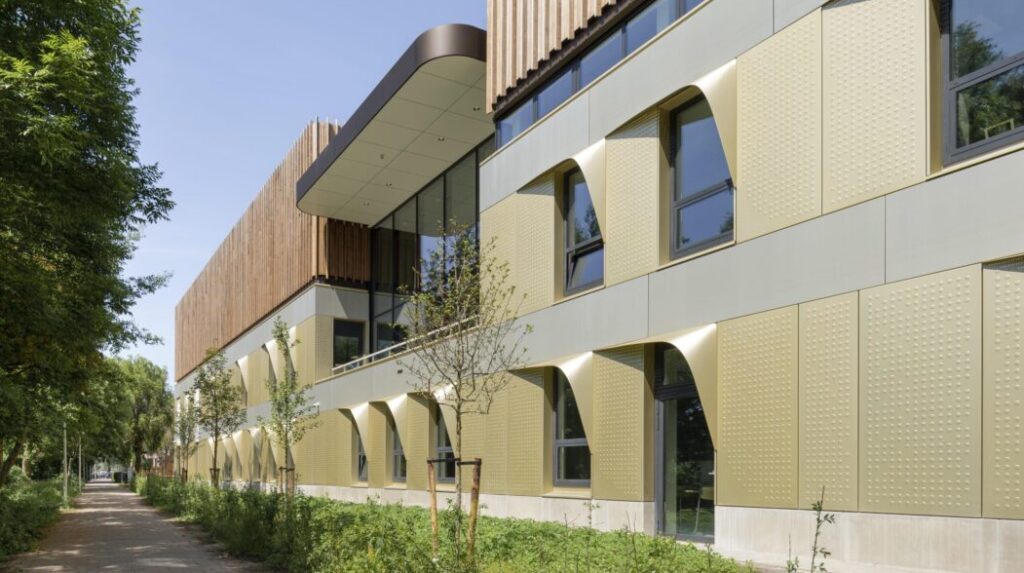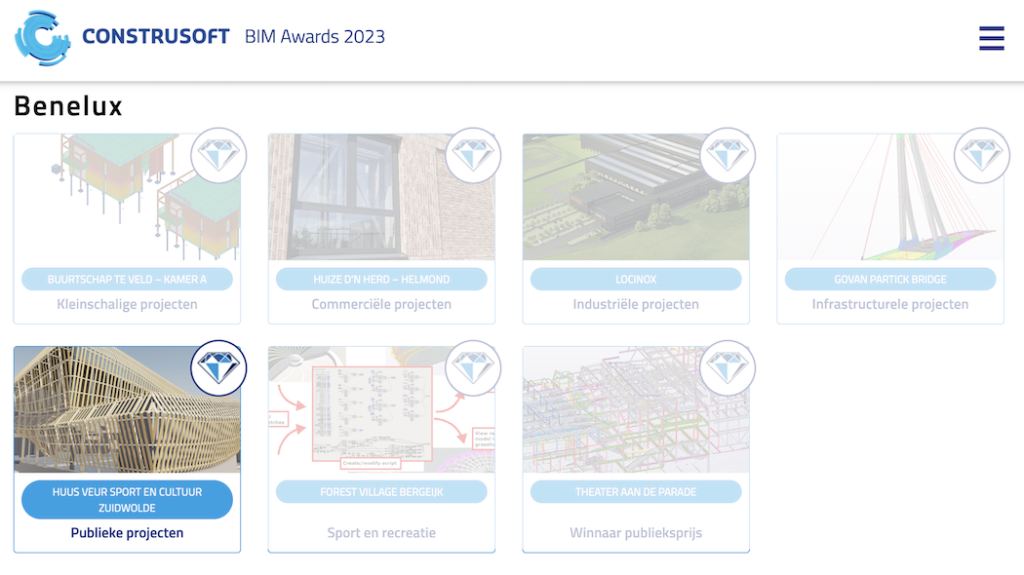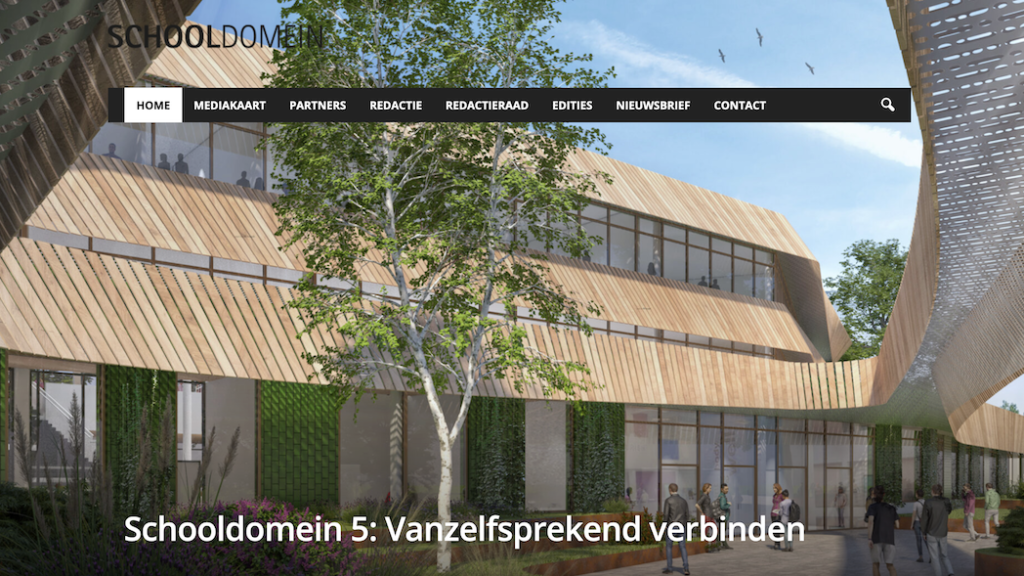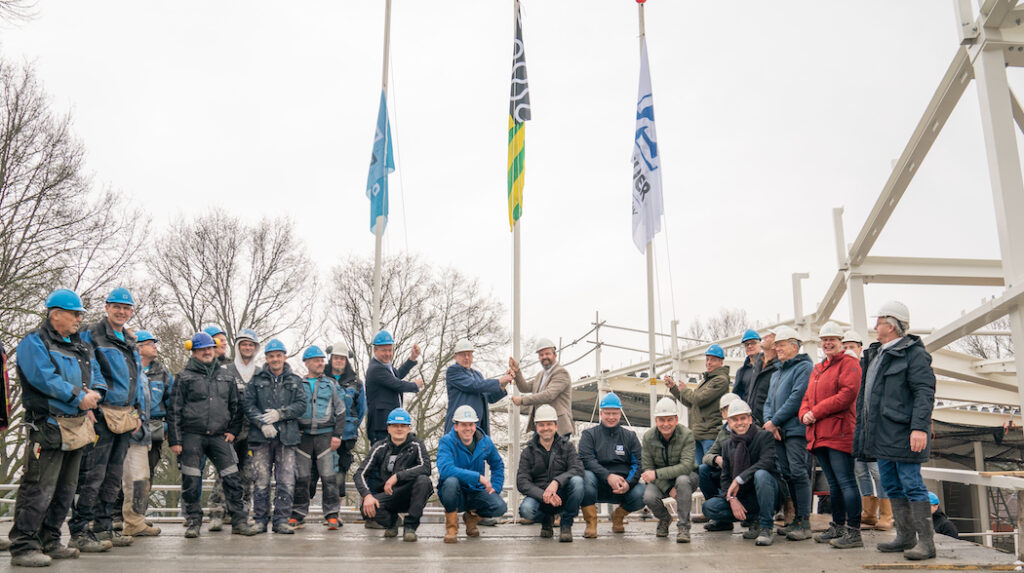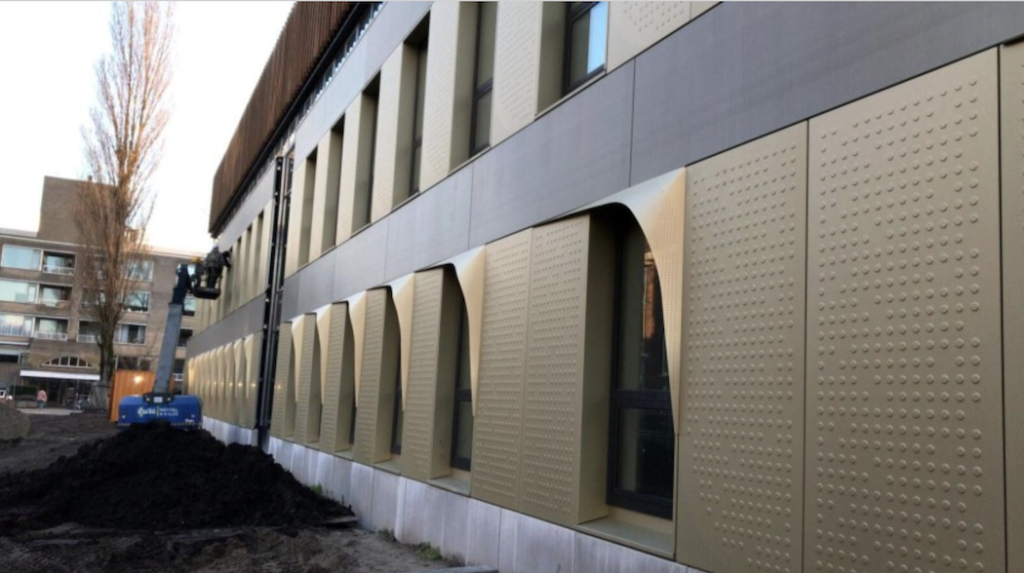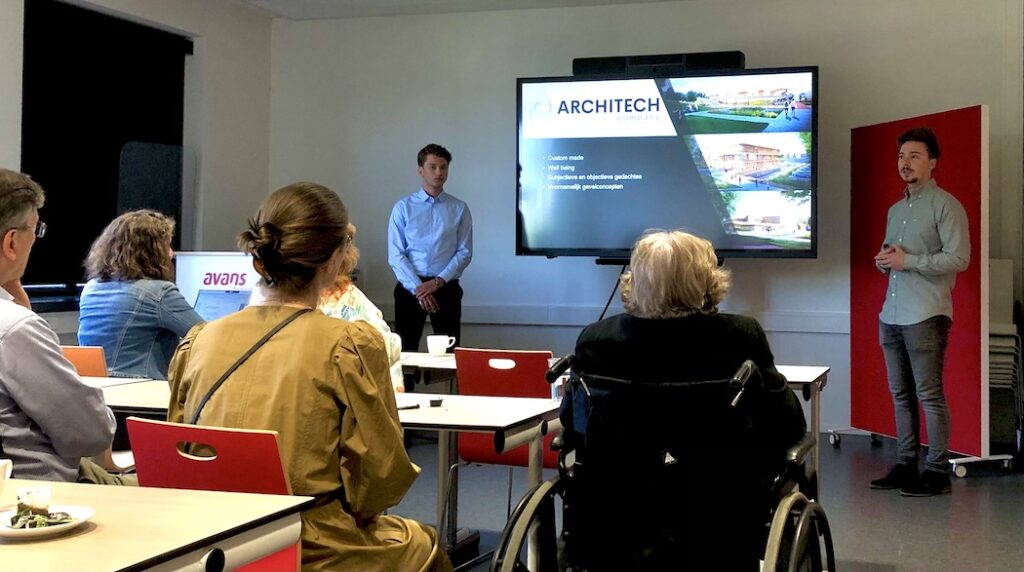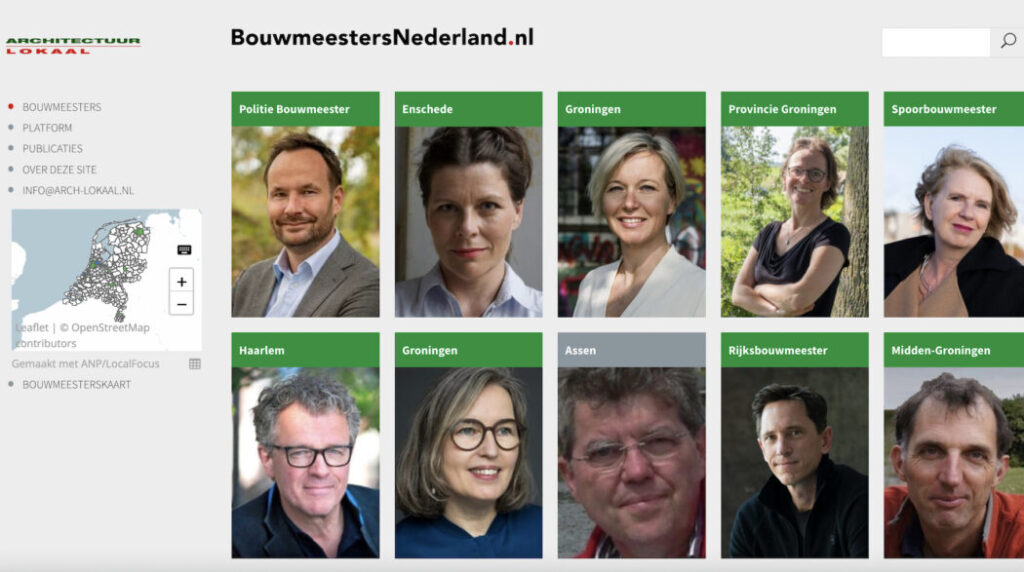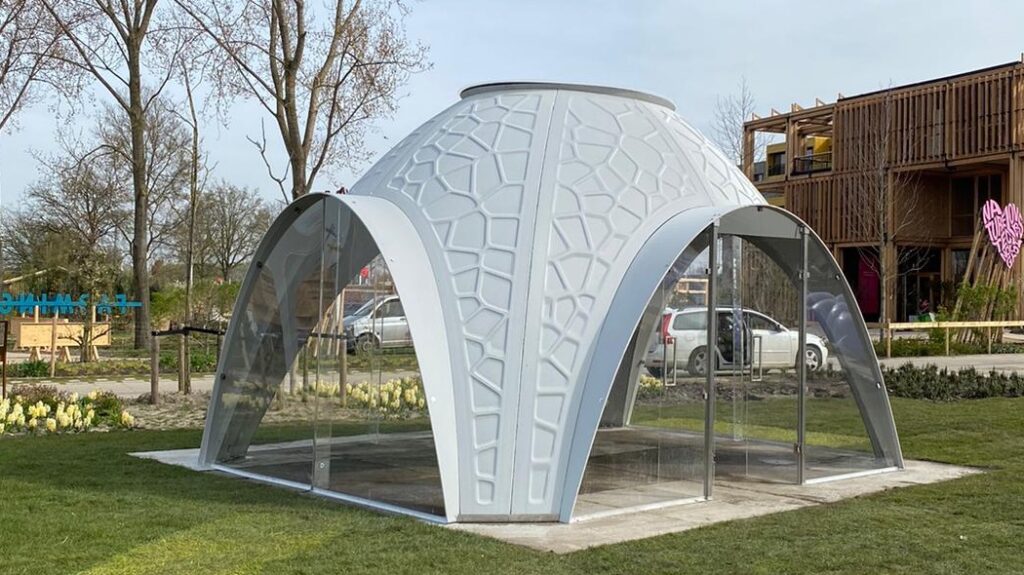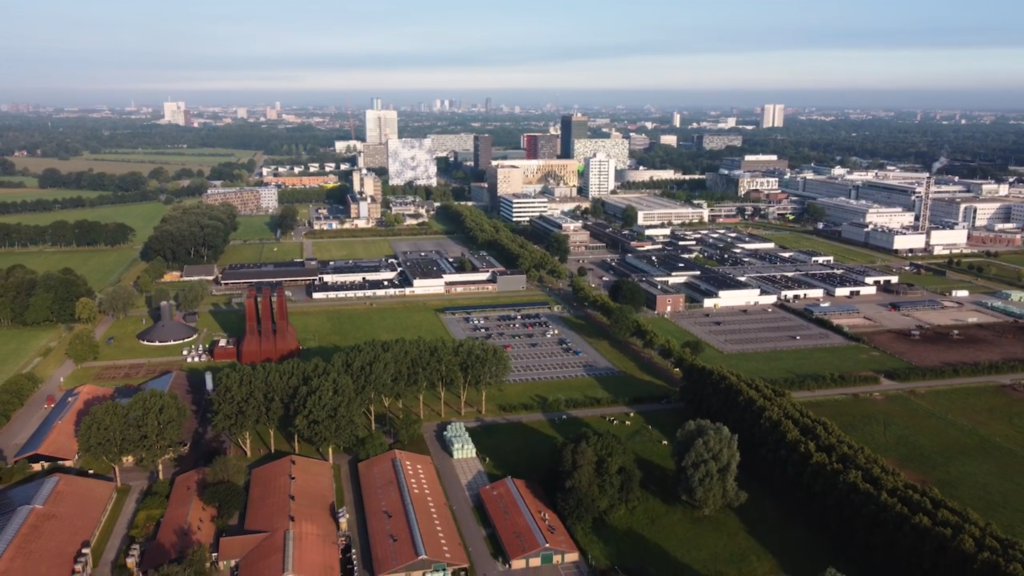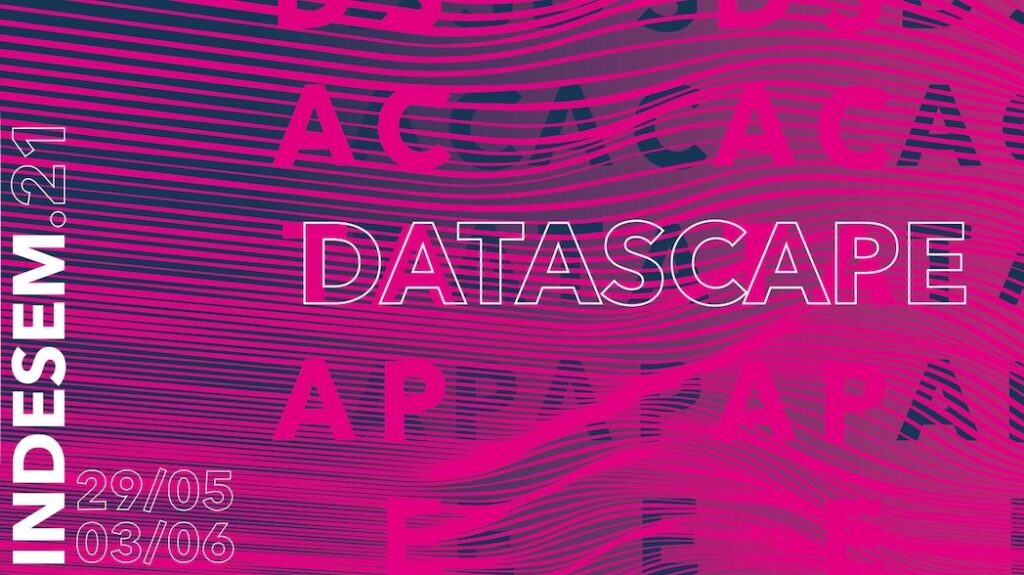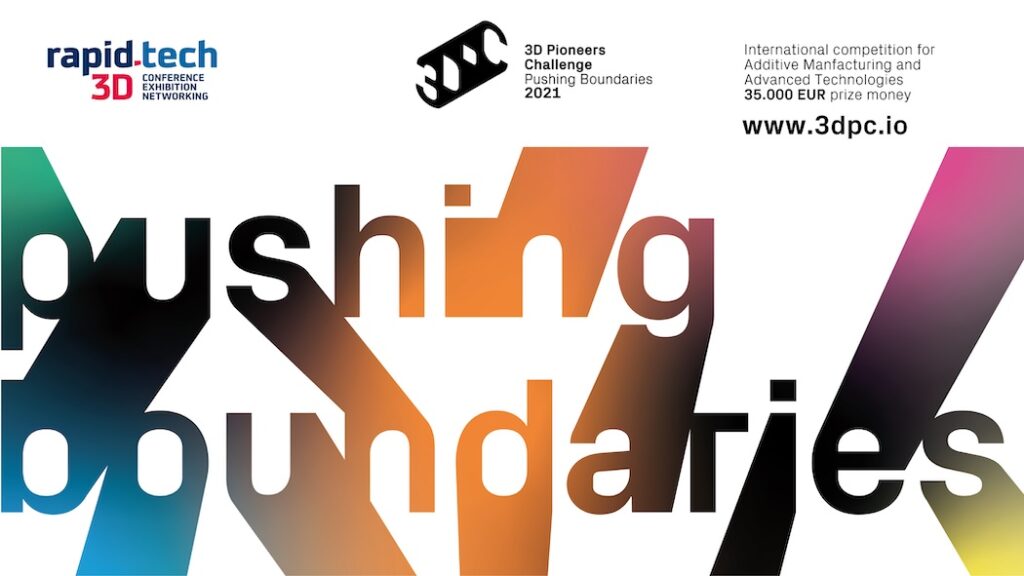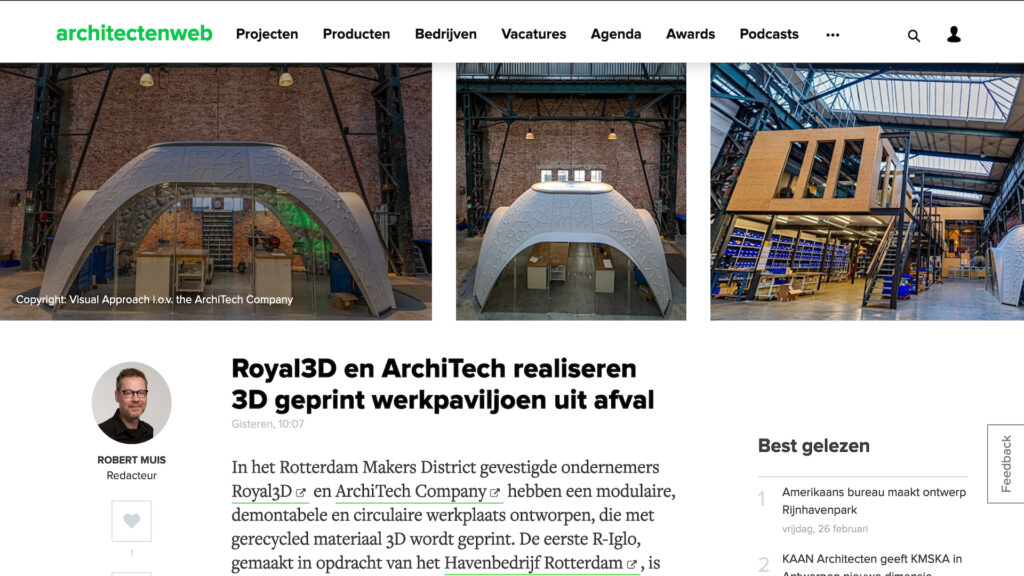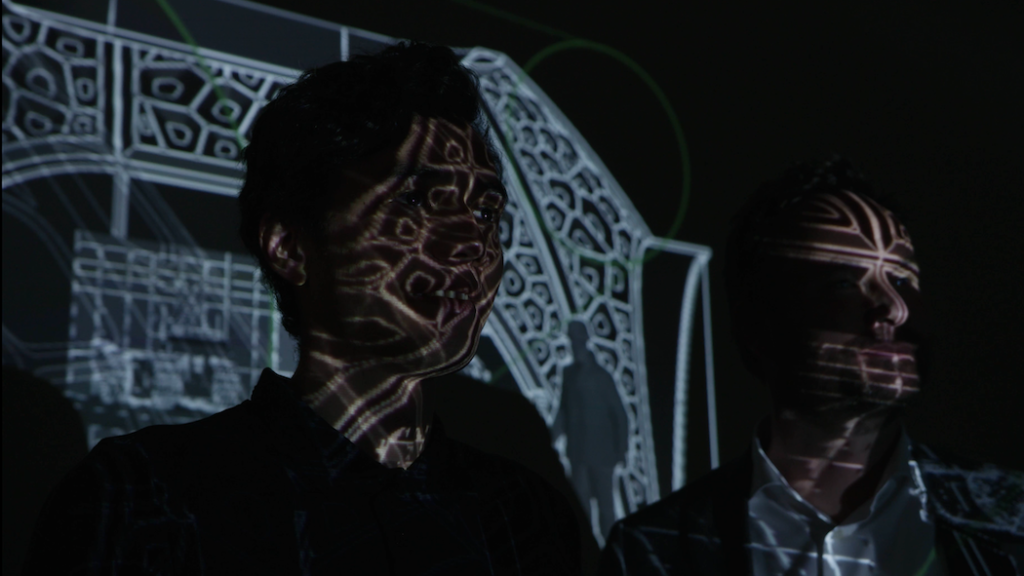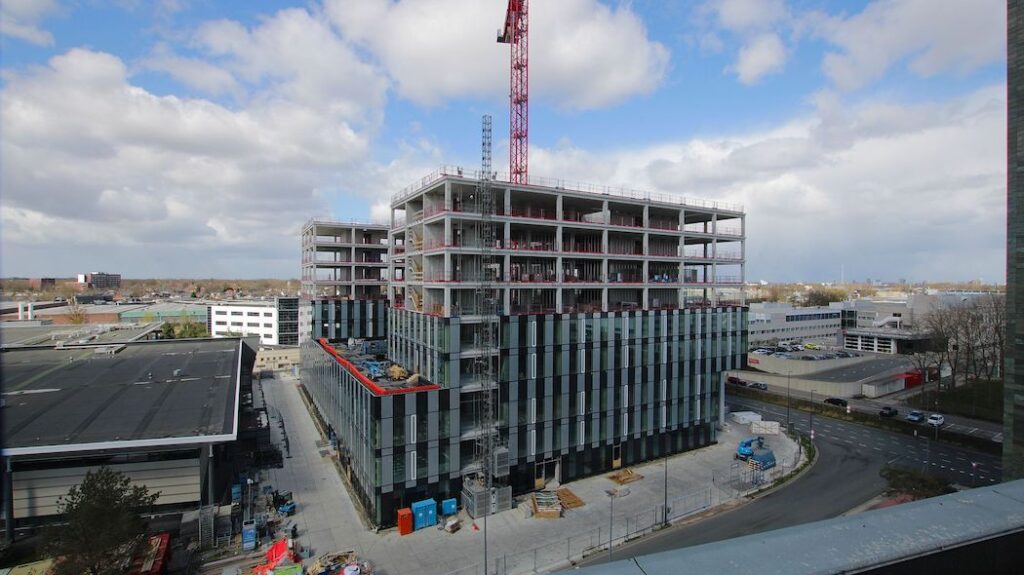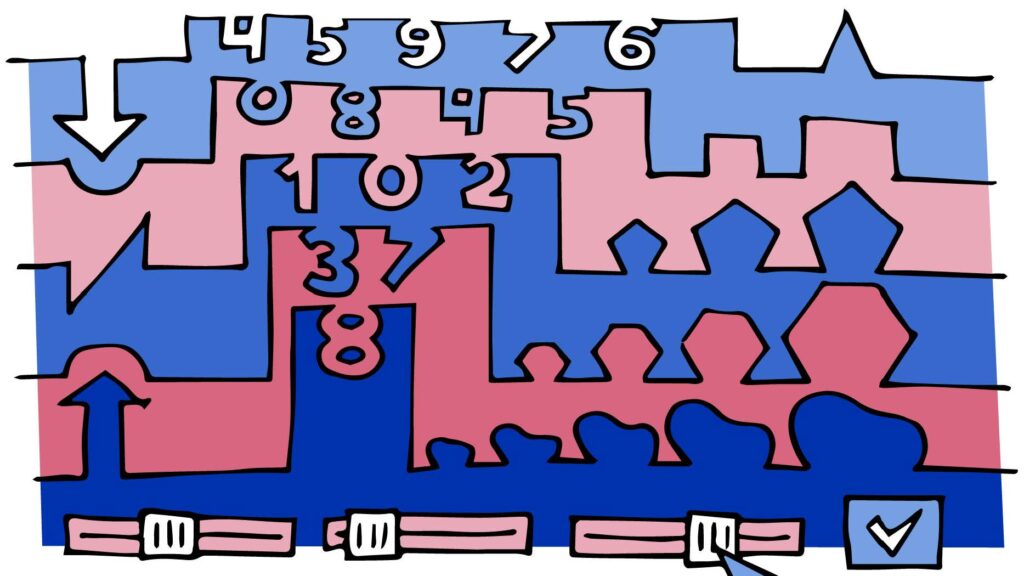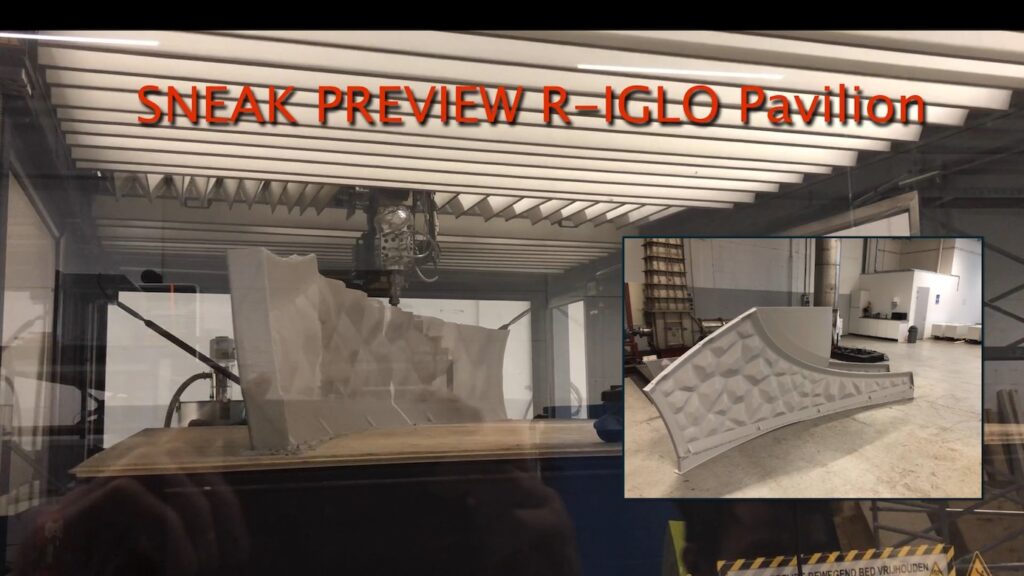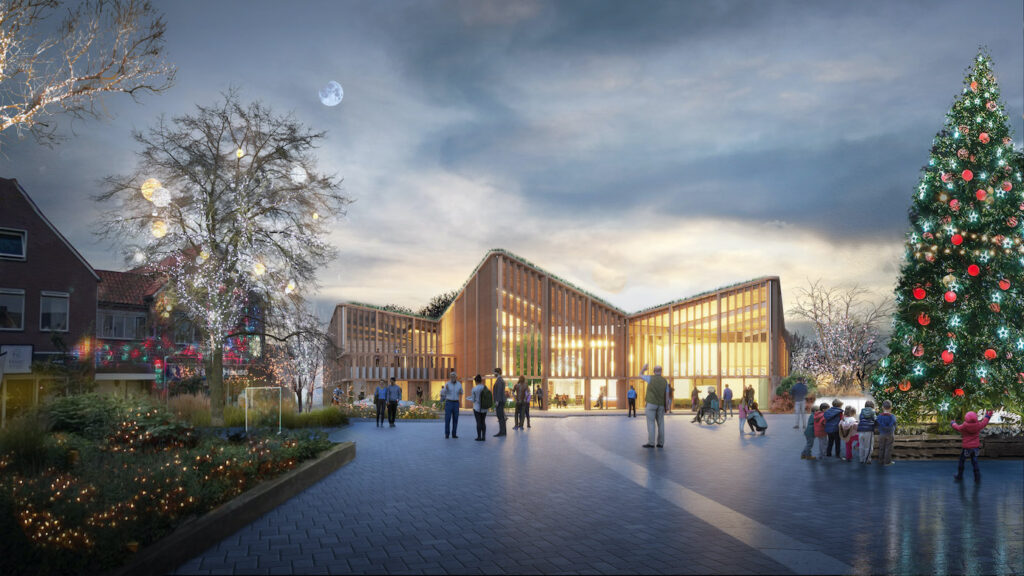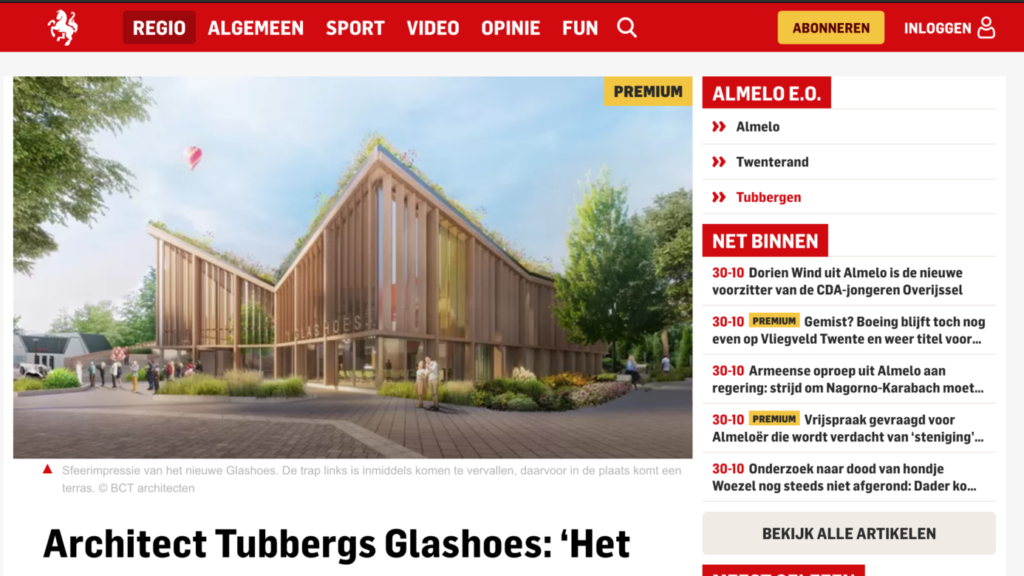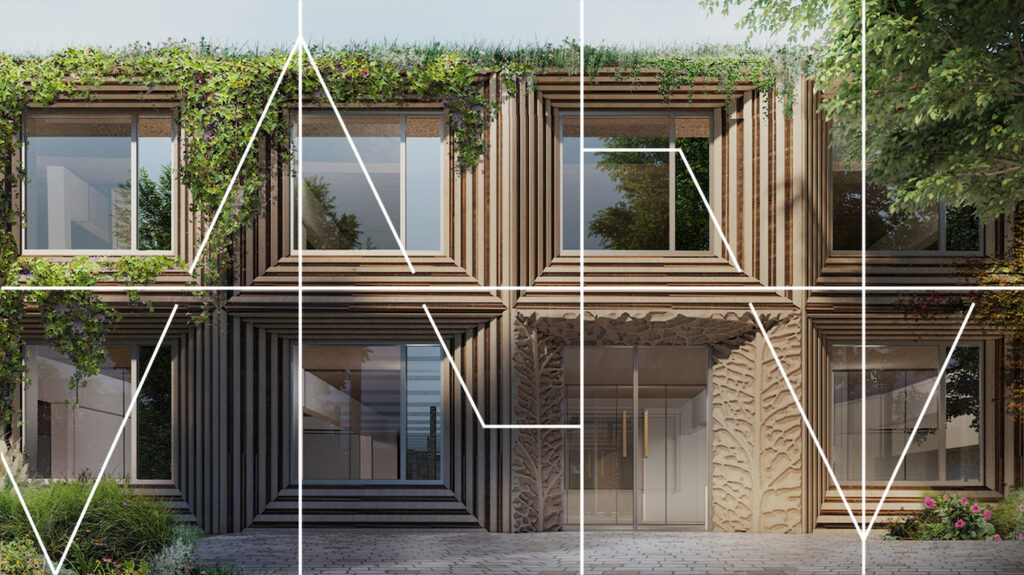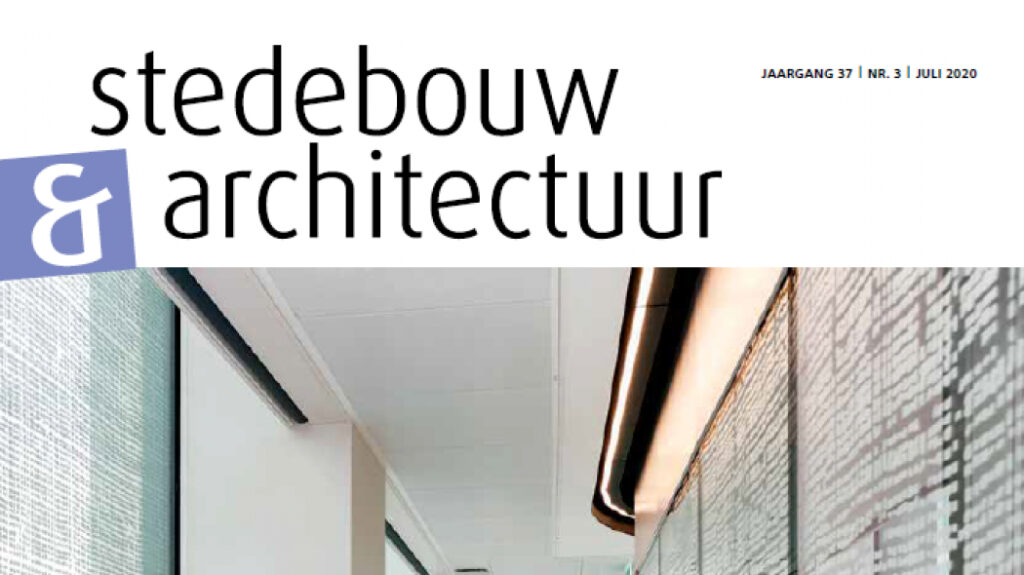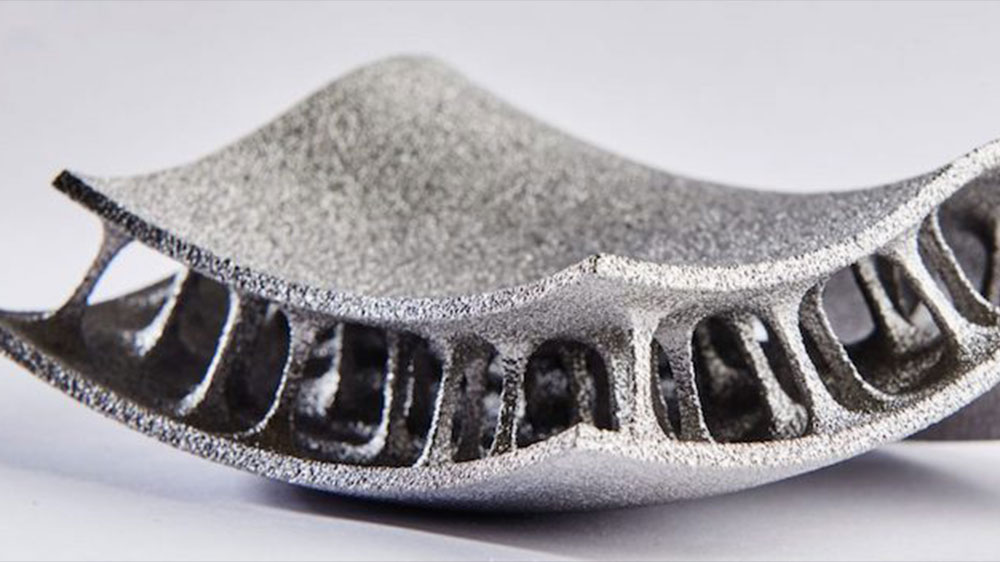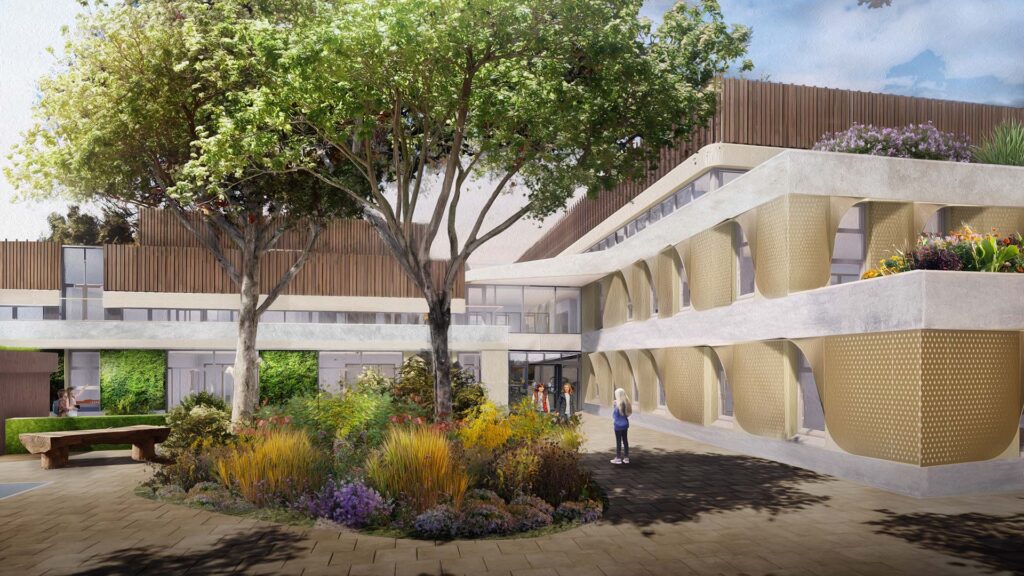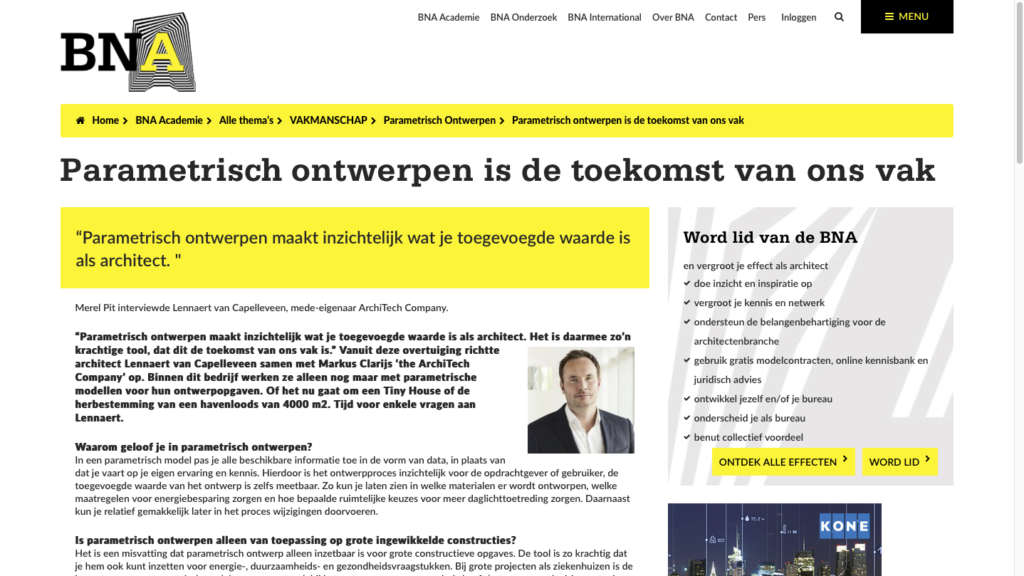Was held from 29/05/2021 until 03/06/2021. It is a design biennial that started in 1962 and consists of workshops, lectures and debates. This edition’s main focus is DATASCAPE.
Lennaert van Capelleveen is one of the speakers and you can watch his lecture here;
a complete list of speakers:
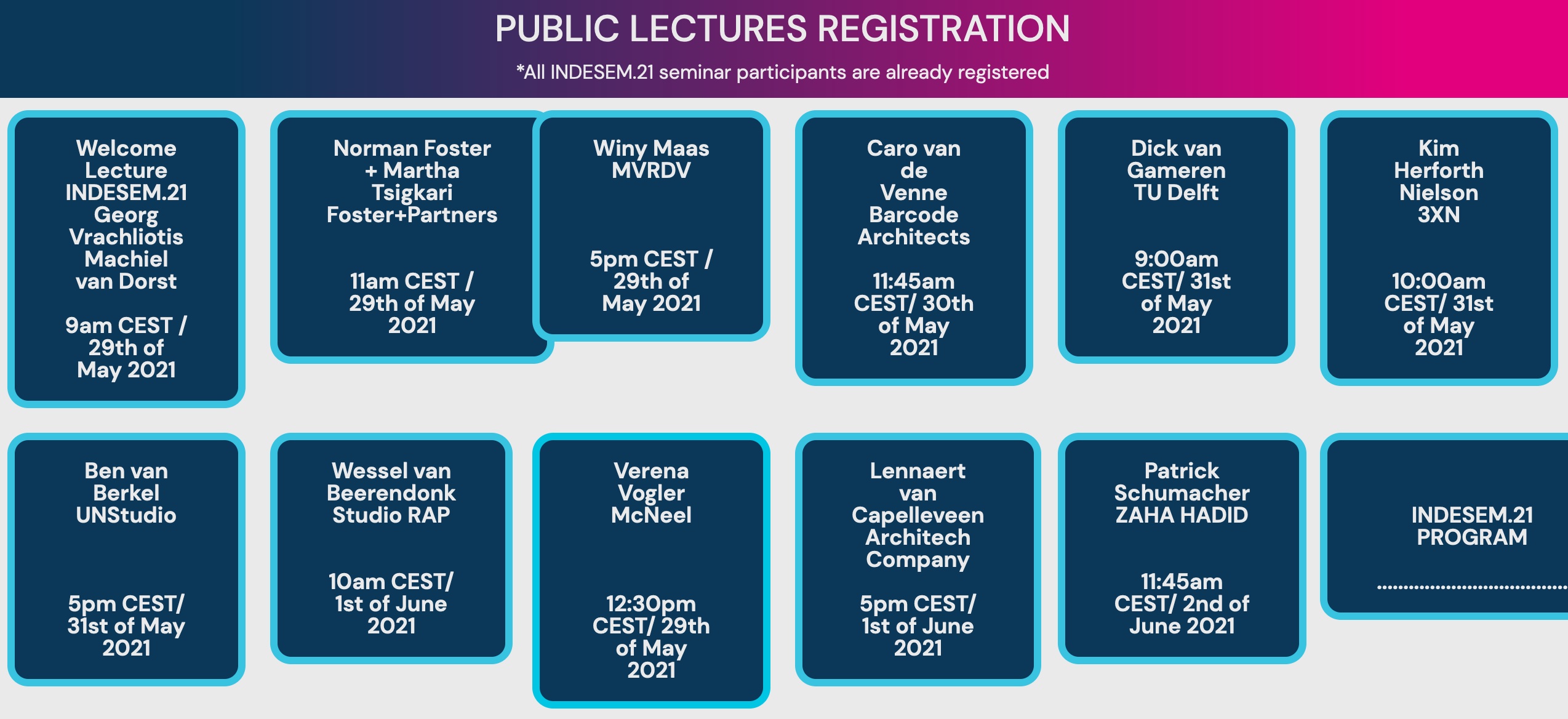
INDESEM 2021 – Datascape
How will the Datascape shape architecture in the 21st century?
Today, the design of the built environment is rapidly becoming a mix between the physical and the digital worlds. The rise of the digital world is challenging the traditional design process. Data influences many aspects of our lives; from the ads we see on our social media feeds to the music recommendations on our Spotify pages. Every action, feeling and step taken in the buildings we design can now be quantified. However, the impact of Big Data on our physical spaces remains unclear. How could data – about how people live, breathe and move through the projects we create – influence our future architectural designs?
Datascape changes the way we design, the shift from 2D computer tools to more complex systems such as BIM. We’re constantly optimizing design, which has led to the emergence of a new trend in architecture. But it also created a lot of confusion; Datascape architecture is explained as architecture based on scientific research. Unlike the traditional design method, the goal is not only the finished work understood as a building but also the theory that brings the building into being.
What happens to the architect when the Datascape takes over? The Datascape method does not diminish the role of an architect, but it does change the character. A Datascape makes decisions in the design process, determines the importance of specific parameters and direction of the process flow, and specifies the preliminary design characteristics. But will never affect the results of intermediate analyses, thanks to the architect’s knowledge and experience, to oversee the design’s progress of the Datascape.
Datascape development never stands still; technical developments make more and more possible. For example, the process of development of design as impartial scientific experimentation. The knowledge gained in the investigations ensures that the design method is more conscious of the architect.
INDESEM.21 explores three scenarios for the intersection between data and architecture today and in the future.
- Data drives Architecture
What if data determined the design process? Big Data processing and Artificial Intelligence offers the possibility to generate an optimal design, via machine learning. Artificial Intelligence is able to use limitless amounts of data to make decisions and recommendations during the design process. The architect acts on what the data delivers. This gives AI the authority to dictate how the design will look. Where does this leave the architect? How will this impact our definition of creativity?
- Data supports Architecture
The rise of computer-aided design software resulted in countless digital tools at the architect’s disposal. The design process does not necessarily require the traditional pen and paper anymore. For example, parametric design adjusts its form to the submitted range of parameters based on the geological context or the client’s wishes. 3D modelling and rendering tools aid the architect during the design process by testing the spatial qualities of the design or by convincing a client. However, if the computer does all the creating, the architect goes from a master builder to a master explainer.
- Architecture supplies Data
Architects not only consume data, but also produce data. Every move on the internet, or even off, is quantified and stored in data centers. In other fields, data is widely accessible by all parties. However, authorship in architecture obstructs the widespread sharing of information, research and data amongst architects. Every design requires a tremendous amount of research into a wide range of topics. By sharing this knowledge, architects could help other architects build better buildings. However, authorship and artistic identity are still core principles in the field of architecture. Will the Starchitect disappear?
